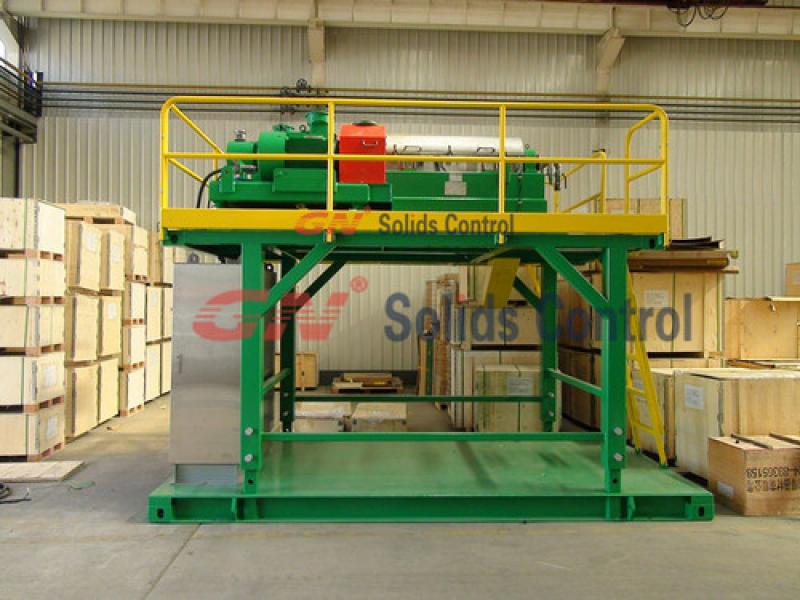Several notices to use GN decanter centrifuge
As more and more GN decanter centrifuges are using in the oil and gas industries for the drilling fluids management and water recycling, GN decanter centrifuges are helping more and more clients to protecting the environment.
Now GN Solids Control is manufacturing about 250 sets to 300 sets every year, most of these decanter centrifuges are using over abroad. In order to fulfill customers’ demands, GN usually sends out our engineers for the after sales service.

There are several things that the operators need to know:
1. The wire connections need to be fully correct. Any wrong connections may lead to the damage of decanter centrifuge, and the separation work can not be reached.
2. The liquid discharge port should not be changed without allowance. For uncertain situations, we recommend to place a catching tank in the bottom of the liquid discharge port. Once the pipe connected with liquid discharge port is too small, fluids will be flooded from the small end and the VFD control panel will give a stop signal to the main motor for protection.
3. The initial feeding capacity should be too large. Although GN decanter centrifuge can deal with 130 GPM, different OBM or WBM has different density so the treating capacity is not always the same. For the clients have no idea about the feeding capacity, we recommend to give a relative small feeding capacity at first. If the solids discharged from the solids port is pretty dry, the feeding capacity can be increased. On the other side, if the solids with too much oil or water after being treating by decanter centrifuge, the operator should decrease the feeding capacity a little bit.
4. Clean the decanter centrifuge thoroughly after you finish the separation work every day. Keeping feeding some clean water into the centrifuge, some solids left in the collection box will be cleaned. And after the cleaning, spin the centrifuge manually to let the inside water come out.
